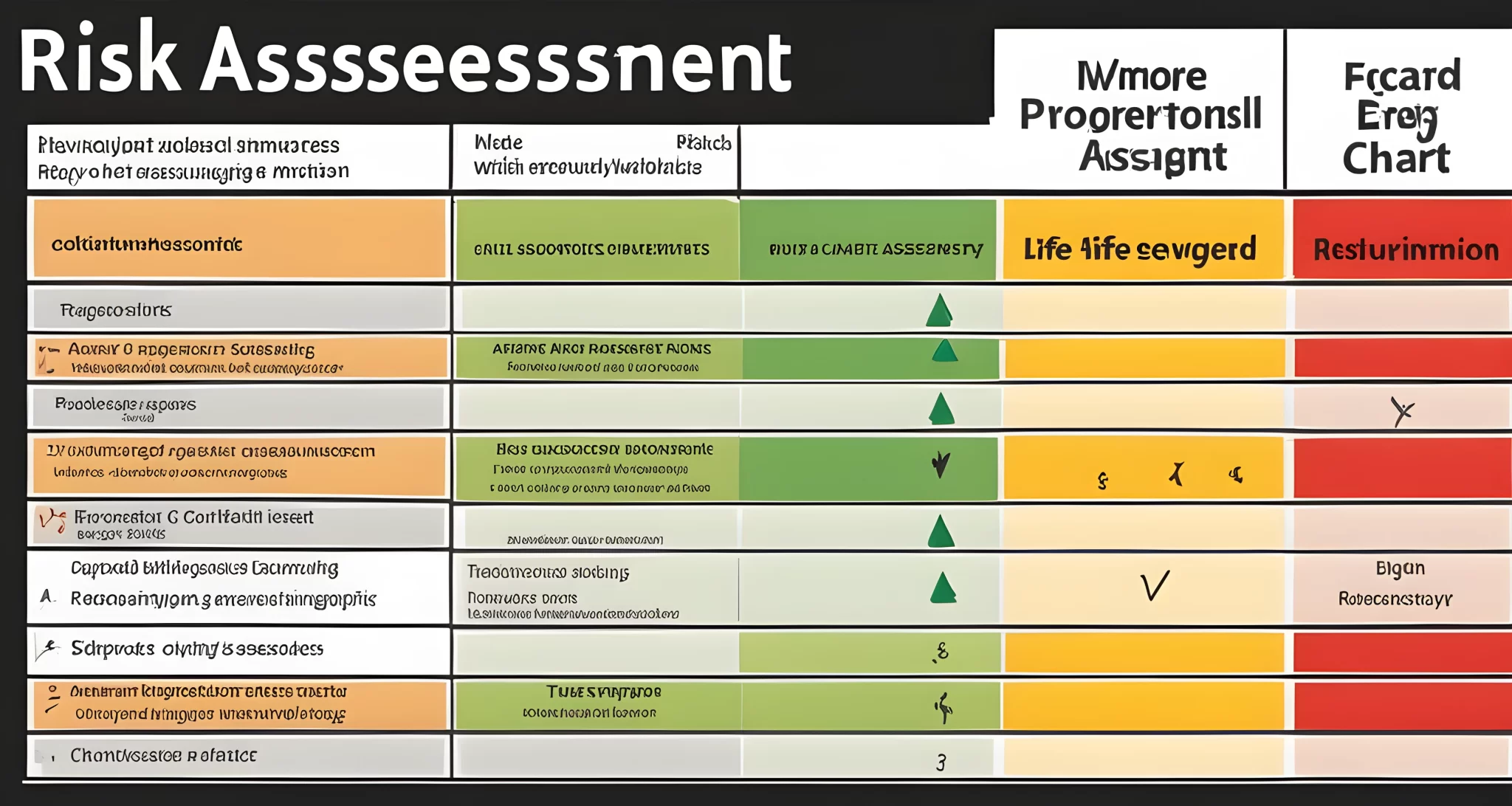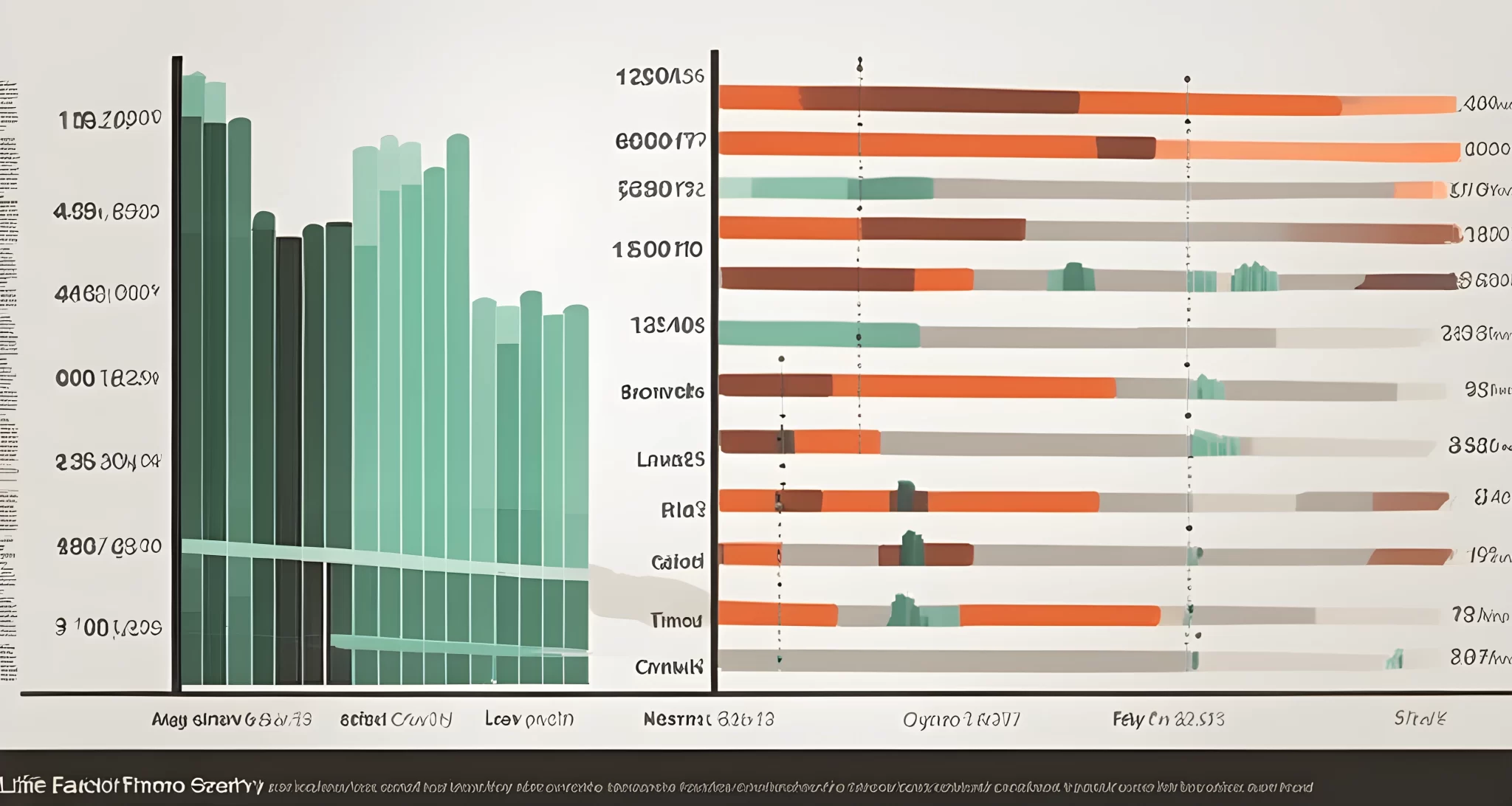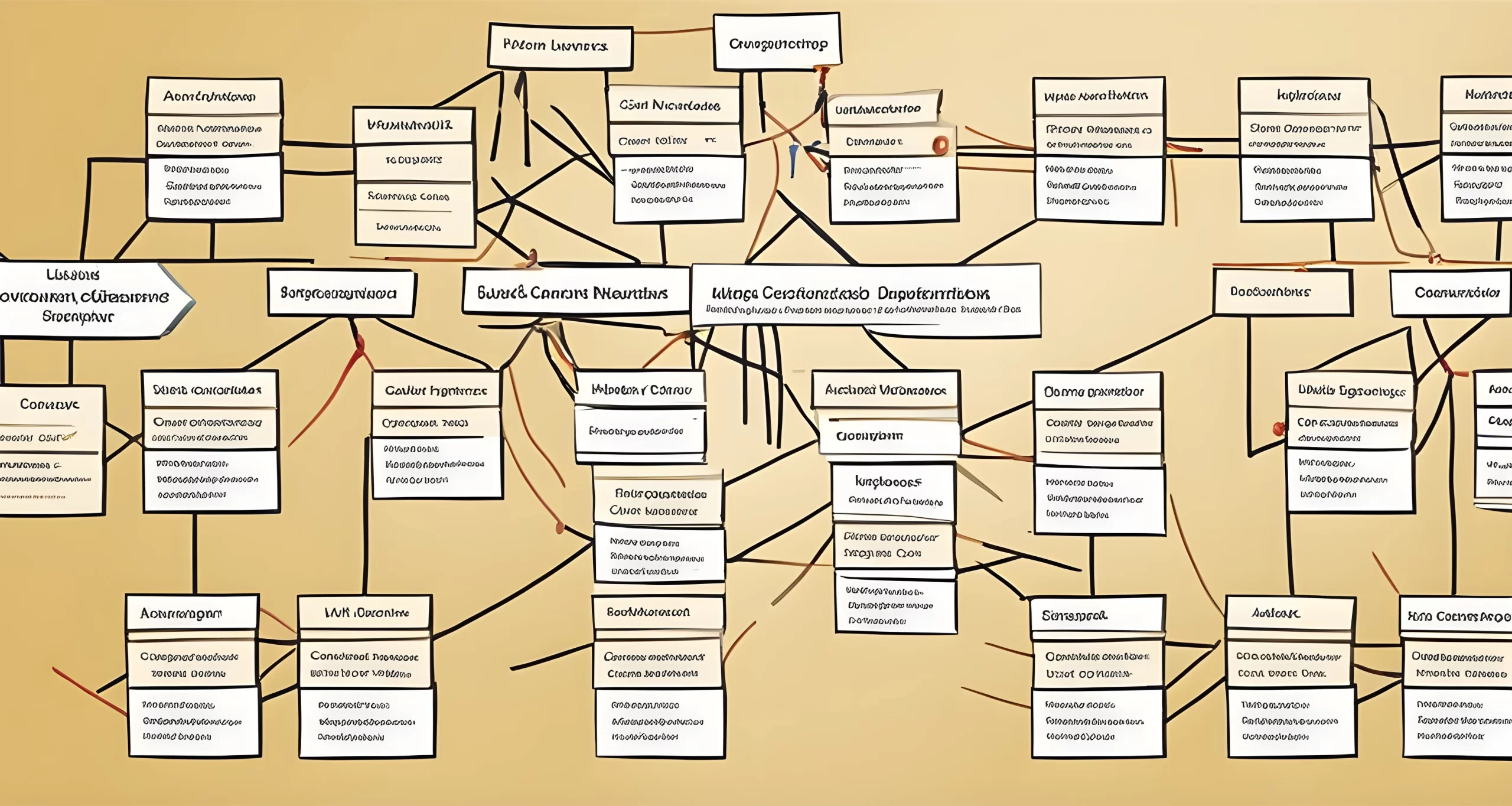Introduction to Risk Management
Risk management is crucial for organizations to protect their value and ensure their long-term sustainability. It provides a systematic approach to identifying, assessing, and controlling threats to an organization’s capital, earnings, and operations. This process is essential for maintaining stability and mitigating potential risks.
In today’s dynamic business environment, organizations are constantly exposed to a wide range of risks that can have a significant impact on their operations and financial well-being. From cybersecurity threats to natural disasters, market volatility, and regulatory changes, the list of potential risks is extensive. As a result, organizations must proactively manage these risks to safeguard their assets and maintain business continuity.
By implementing effective risk management strategies, organizations can maximize opportunities Opportunity Maximization in Risk while minimizing the negative impact of potential threats. This involves creating a risk-aware culture within the organization, where employees at all levels understand the importance of risk management and actively contribute to the process.
Furthermore, risk management enables organizations to make informed decisions by considering potential risks and their implications. By identifying and assessing risks early on, businesses can develop contingency plans and implement risk mitigation measures to reduce the likelihood of adverse outcomes.
Ultimately, risk management is not solely about avoiding potential threats; it also presents an opportunity for organizations to enhance their resilience and adaptability in a rapidly changing landscape. By embracing risk management as a strategic tool for decision-making and value creation, businesses can position themselves for long-term success.
In the following sections of this article, we will delve deeper into the key components of risk management, including risk identification, assessment, treatment, as well as monitoring and review. Each of these stages plays a critical role in enabling organizations to effectively manage risks and maintain stability in today’s complex business environment.

Risk Identification
Risk identification is the crucial first step in the risk management process. It involves recognizing potential threats to the organization, such as financial losses, operational disruptions, or reputational damage. By identifying these risks, organizations can take proactive measures to address and mitigate them before they escalate.
When it comes to identifying risks, it’s important for organizations to consider both internal and external factors that could impact their operations. Internal risks may include issues such as employee turnover, outdated technology, or supply chain disruptions. External risks, on the other hand, may encompass factors like market volatility, regulatory changes, or natural disasters.
To effectively identify these risks, organizations can utilize a variety of tools and techniques. This may involve conducting risk assessments, using scenario planning to anticipate potential threats, or employing risk mapping to visualize the different types of risks that could impact the organization.
In addition to these methods, organizations can also benefit from seeking external expertise to help identify potential risks. Consulting firms specializing in risk management can offer valuable insights and perspectives on identifying and assessing risks Effective consulting risk planning, providing organizations with a comprehensive understanding of their potential vulnerabilities.
By taking a proactive approach to risk identification, organizations can better prepare themselves for the challenges they may face. This allows them to develop strategies and contingency plans to address these risks before they escalate into larger issues. Ultimately, effective risk identification sets the stage for successful risk management by enabling organizations to anticipate and address potential threats in a timely manner.

Risk Assessment
Risk assessment is a crucial step in the risk management process. Once risks have been identified, they must be evaluated to determine their potential impact on the organization. This involves assessing the likelihood of occurrence and the severity of each risk. By conducting a thorough risk assessment, organizations can prioritize risks and develop an appropriate response strategy.
Determining Likelihood and Impact
During the risk assessment process, organizations evaluate the likelihood of each identified risk occurring. This involves analyzing historical data, current trends, and expert judgment to gauge the probability of a risk materializing. Additionally, the potential impact of each risk on the organization is assessed. This includes considering both financial and non-financial implications, such as damage to reputation or loss of productivity.
Prioritizing Risks
The assessment helps organizations prioritize risks based on their likelihood and potential impact. By understanding which risks pose the greatest threat, organizations can allocate resources more effectively and focus on mitigating the most significant vulnerabilities. This ensures that risk management efforts are targeted towards areas with the highest potential for harm.
Determining Appropriate Response
Once risks have been evaluated, organizations can determine the most appropriate response to each identified risk. This may involve implementing control measures to reduce the likelihood of occurrence, developing contingency plans to minimize impact, or transferring the risk through insurance or other financial instruments.
Linking Risk Assessment to Effective Risk Management in Projects
Effective risk assessment is essential for maintaining stability in projects. By evaluating potential risks and their impact on project outcomes, organizations can make informed decisions and take proactive measures to mitigate threats. For more information on effective risk management in projects, Effective Risk Management in Projects provides valuable insights into best practices and strategies for identifying and addressing risks in project management.

Risk Treatment
After conducting the risk assessment, organizations can choose to avoid, mitigate, share, or accept the risk through risk treatment. This process involves taking proactive measures to minimize the potential consequences of identified risks. By implementing controls such as policies, procedures, or technology solutions, organizations can reduce the likelihood or impact of the risk.
Implementing Controls
One common approach to risk treatment is to implement controls that are designed to mitigate the identified risks. These controls may include technological solutions that help to reduce the likelihood of a risk occurring, as well as policies and procedures that outline how employees should respond to potential risks. By putting these measures in place, organizations can better protect themselves from potential negative outcomes.
Avoidance
In some cases, it may be possible for organizations to completely avoid certain risks. This may involve making strategic decisions about which opportunities to pursue and which to avoid in order to minimize potential negative consequences. By being selective about the projects and partnerships they engage in, organizations can reduce their exposure to high-risk situations.
Sharing Risk
Another approach to risk treatment is sharing the risk with other parties. This may involve entering into partnerships or contracts that distribute the risk among multiple stakeholders. By spreading the risk in this way, organizations can minimize their individual exposure and ensure that no single event has a catastrophic impact on their operations.
By taking a proactive approach to risk treatment, organizations can maintain stability and minimize potential disruptions to their operations. It’s important for businesses to continuously monitor and review their risk treatment strategies Business Growth Strategies in order to ensure that they remain effective in mitigating potential threats. This ongoing assessment allows organizations to adapt their risk treatment measures in response to changes in their operational environment or business landscape.

Monitoring and Review
Monitoring and Review
In order to maintain stability and ensure the effectiveness of risk management strategies, organizations must prioritize the monitoring and review of their risk management processes. This involves regularly assessing the controls in place to mitigate risks and identifying any areas that may require updates or improvements. By continuously monitoring and reviewing their risk management strategies, organizations can adapt to changing circumstances and remain prepared for emerging risks.
According to Risk control in business operations, it is essential for organizations to regularly review and update their risk management strategies through monitoring and review. This ensures that controls are effective and that the organization remains prepared for emerging risks. Additionally, following ISO 31000’s nine principles for risk management best practices can help organizations create value, integrate risk management into their processes, and continuously improve their risk management strategies.
By implementing a robust monitoring and review process, organizations can identify any weaknesses or gaps in their risk management approach and take proactive steps to address them. This could involve revisiting the risk assessment stage to identify new or evolving risks, as well as evaluating the effectiveness of existing risk treatments.
Furthermore, regular monitoring and review provide valuable insights into the performance of risk management controls, enabling organizations to make informed decisions about where to allocate resources for maximum impact. This can help to streamline processes, optimize resource allocation, and ensure that the organization is well-equipped to manage both existing and emerging risks effectively.
Overall, monitoring and review are crucial components of a comprehensive risk management strategy. By continuously assessing the effectiveness of controls, identifying emerging risks, and adapting to changing circumstances, organizations can maintain stability and resilience in the face of uncertainty.
(300 words)
FAQ
What is risk management?
Risk management is a systematic and structured approach to identifying, assessing, and controlling threats to an organization’s capital, earnings, and operations.
What are the steps involved in risk management?
The steps in risk management include risk identification, risk assessment, risk treatment, and monitoring and review.
What are the best practices for risk management?
Best practices for risk management include following iso 31000’s nine principles, which emphasize creating value, integration, systematization, information-based decision-making, tailoring, consideration of human factors, transparency, adaptability, and continuous improvement.
Why is risk management important for organizations?
Risk management is crucial for organizations to protect their value and ensure their long-term sustainability by addressing potential threats such as financial losses, operational disruptions, or reputational damage.
